The Canon A1, released in 1978 was way ahead of it competition and further adding to the “prosumer” camera market. The following is from camera-wiki.org
“It was notable for its programmed automatic exposure setting, whereby both aperture and shutter speed are automated. While not labeled as such, it was a pioneer in offering the full “PASM” set of exposure options, standard in many later cameras through the present day. Canon’s competitors were considerably slower in introducing programmed SLRs: Minolta in 1982 with the X-700, Nikon with the FA and Pentax with the Super A in 1983, and Olympus with the OM-2S Program in 1984.”
Canon A1 offers the following shooting options:
Shutter priority AE
Aperture priority AE
Program AE “Full automatic”
Stopped down AE
AE flash
Manual Overide “Full manual”
Plus exposure compensation, with 2 stops plus/minus in 1/3 increments
I’ve had this camera for over 8 years now and I’m still finding new ways of shooting with it. I purchased it at a photography store that had a large stock of used film cameras, and this one was in fantastic shape, and the price was right too. $120.00 Canadian. It came with a stock 50mm f1.8 FDn lens and I picked up 28mm f2.8 FD lens as well. Both of these lenses cover most of my shooting needs.
The film is Ilford Pan F, 50ASA, but I shot it at 25ASA, because more light is a good thing in black and white. I did develope it myself at home, Patterson tank with AP reels (the easy load ones with the guide tabs). So changing bag, and into the tank, I prepared Rodinal 1 to 100 in distilled water at 17°C. I did one time tank fill with tap water, sloshing it around to rinse and wet the film. Emptied the tap water and put in my Rodinal solution. 60 second initial agitation and 10 seconds every 10 minutes for one hour. Development done, next 3 tank fulls of tap water to rinse rather than a stop bath, then to the fixer 1 to 9 Ilford fixer for 5 minutes with 60 seconds initial agitation and 10 seconds every minute. Then rinse under a steady but low flowing tap water for 8 minutes, and 1 minute for Kodak Photo Flo. Squeegee and hang to dry.
Next, when the negatives are dry, I cut them into 6 frame strips, and launch my Epson V600 Perfection and scan the negatives.
Always be careful handling the negatives and placing them into the negative carriers emulsion side up. Preview, then scan. I like my resolution set at 2400 or 3600 DPI, if a shot turns out well, I sometimes will up it to 4800.
I don’t consider myself to be artist, I am a hobbiest photographer that enjoys the process. Film photography is relaxing for me. I hope everyone enjoys these snaps as much as I did taking them.
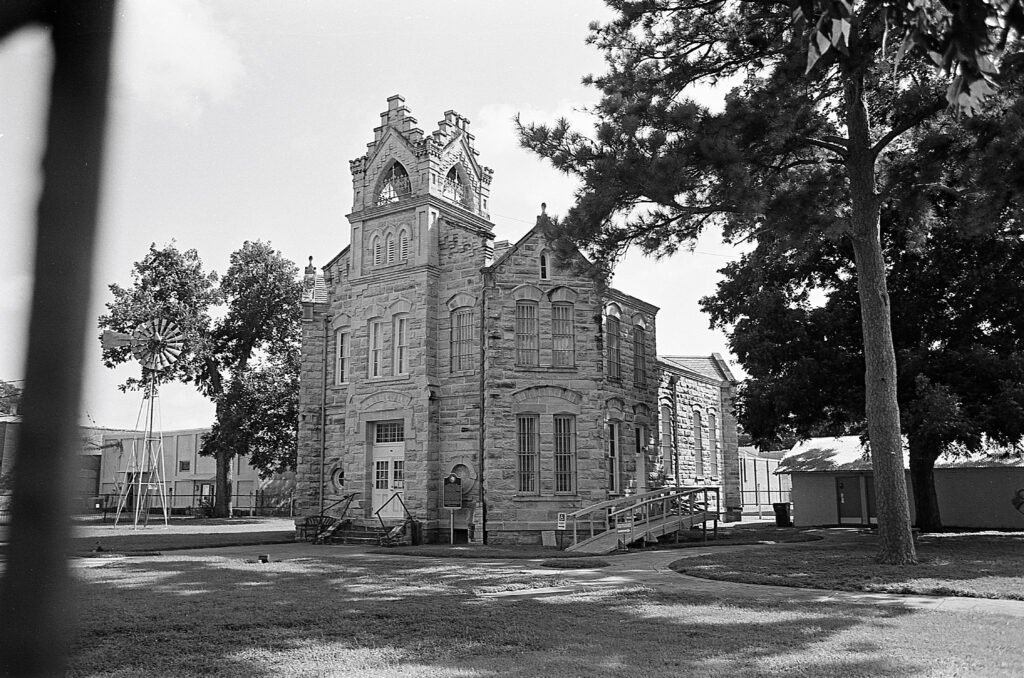
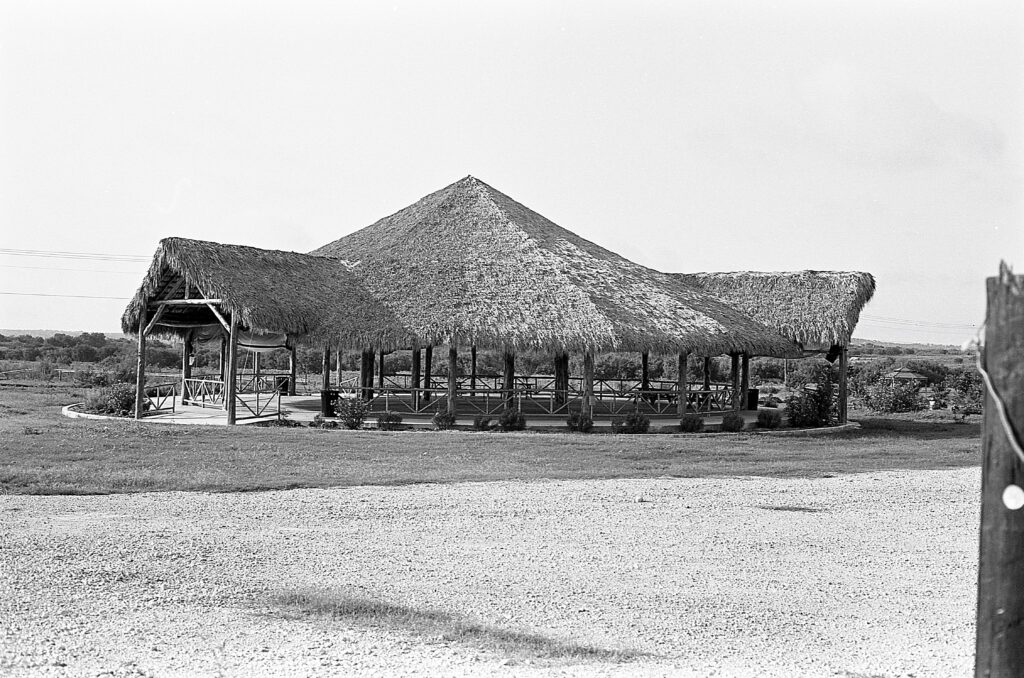
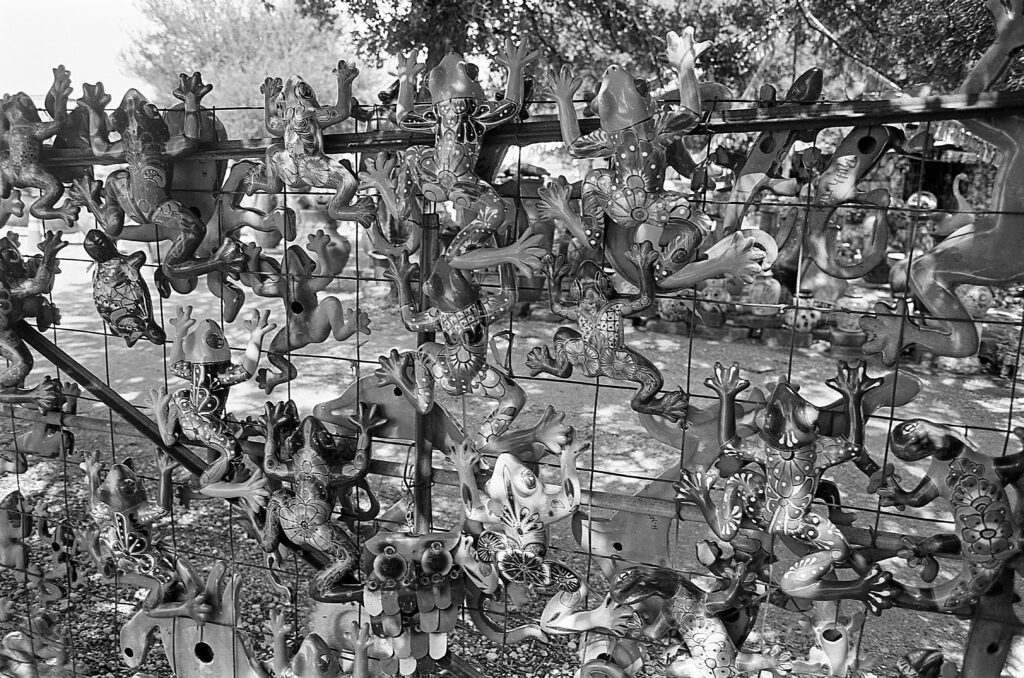
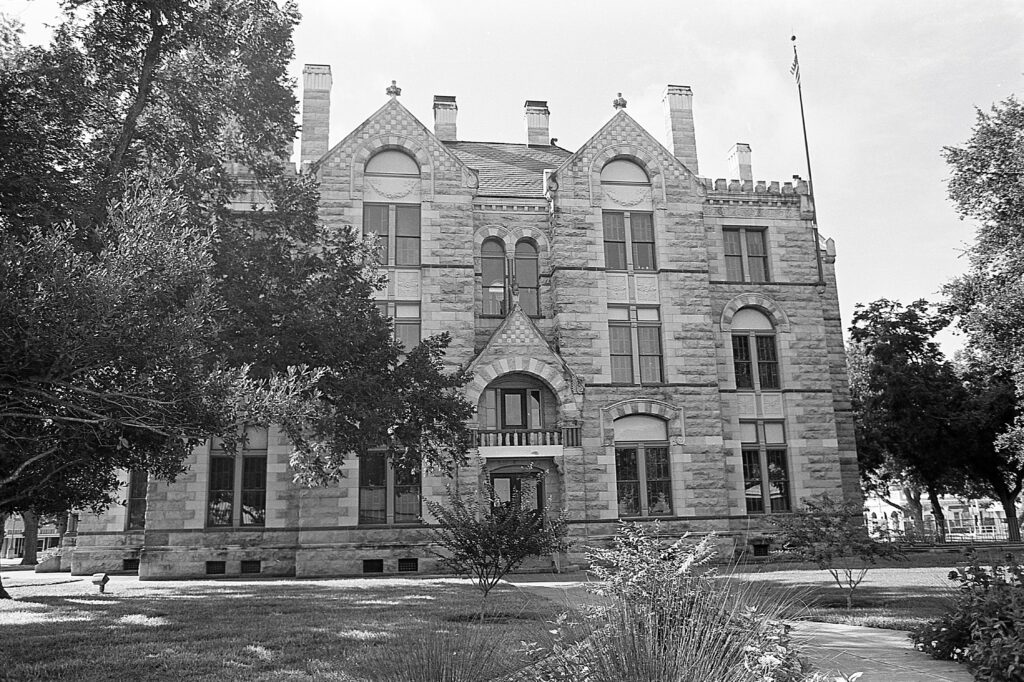
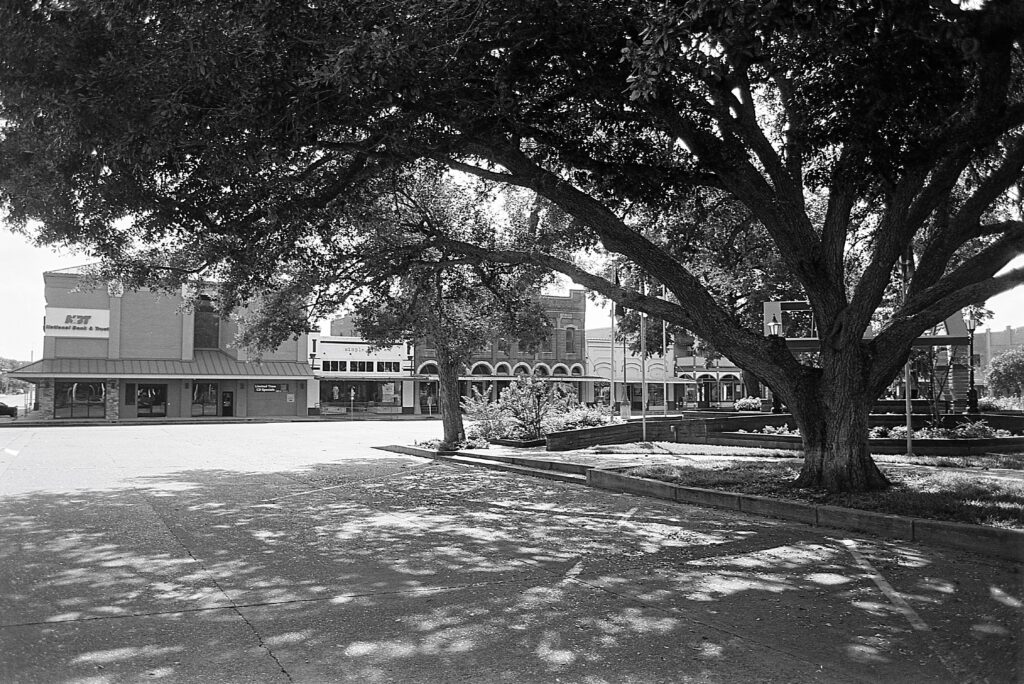
Share this post:
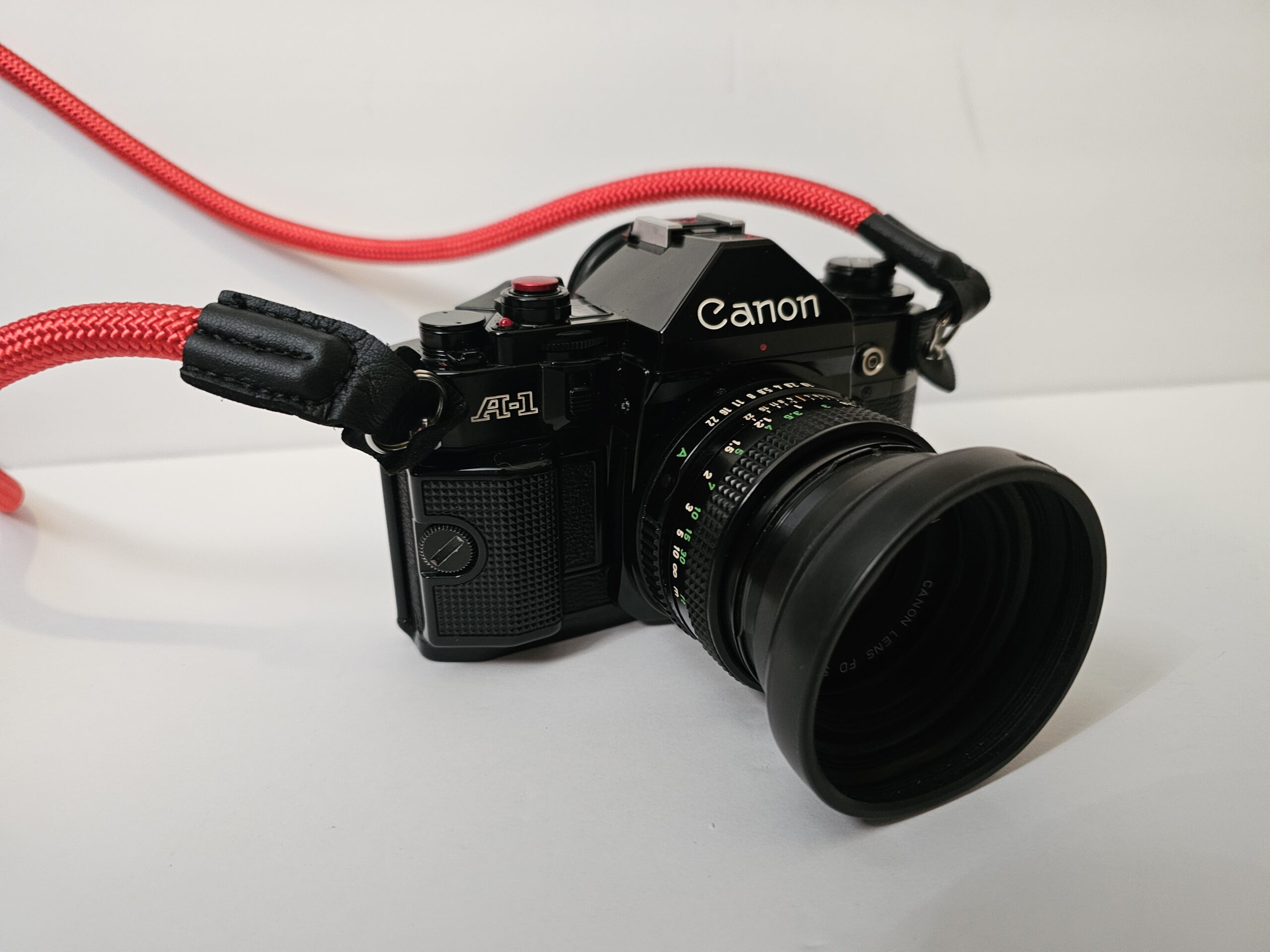
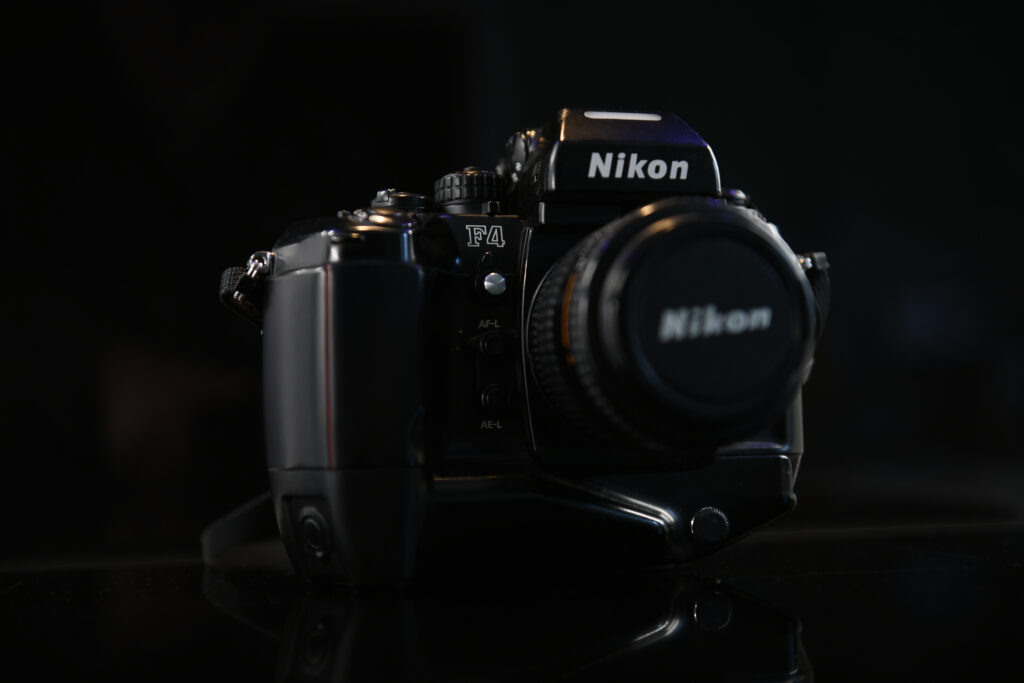

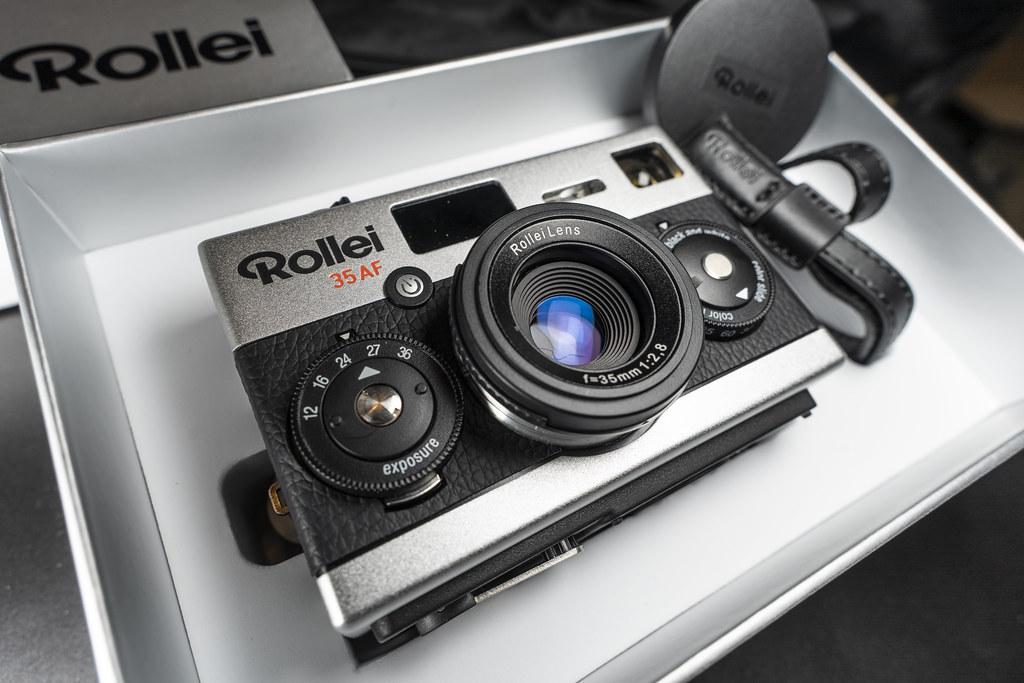
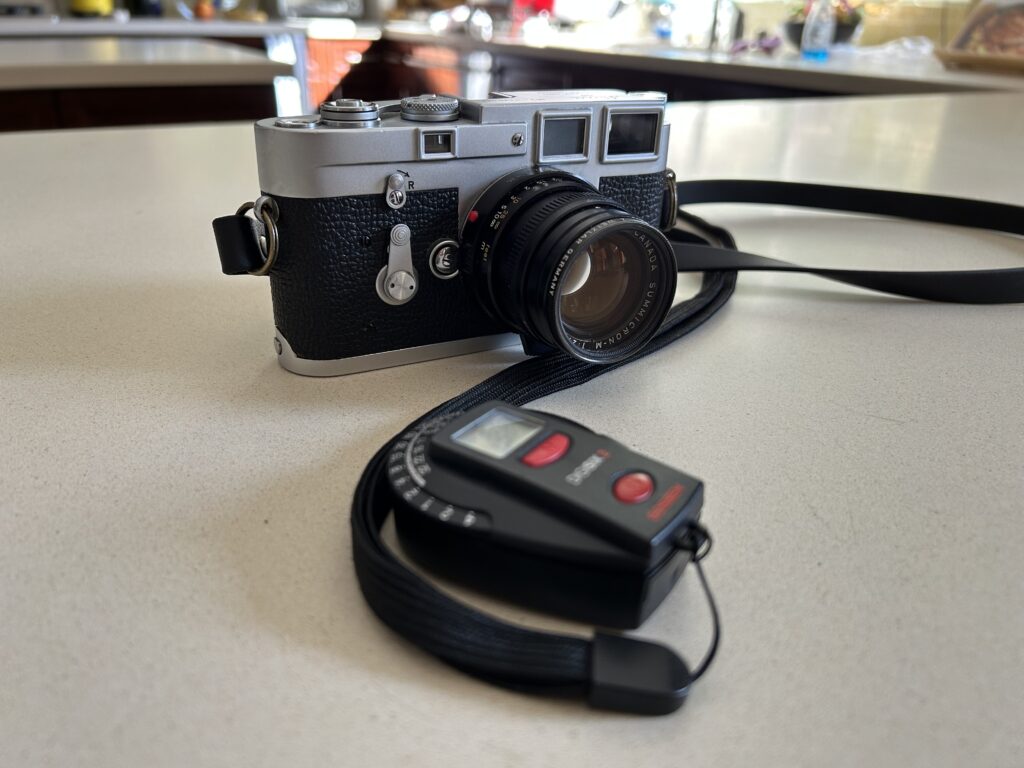




Comments
Lance Rowley on 5 Frames with my Canon A1 and a roll of Ilford Pan F
Comment posted: 11/11/2024
I too have an A-1 and I absolutely love it. It’s crazy to me that it is relatively obscure compared to the AE-1 which doesn’t even have aperture priority.
Comment posted: 11/11/2024
Leonel Leyva C on 5 Frames with my Canon A1 and a roll of Ilford Pan F
Comment posted: 11/11/2024
I also do the same thing with Black and White Film (develop myself, and then scan on an Epson V600), and I really like the results. I hear a lot of complaints about flatbed scanners, but if we are careful with handling the film and cleaning off the dust, the results can be very good.
It is very nice to see how the owners of film cameras take great care of them (because now these cameras are irreplaceable and I don't think they will make more professional film cameras).
In short, you motivate us to continue enjoying film photography.
Thank you so much!
Comment posted: 11/11/2024
Cameron Kilpatrick on 5 Frames with my Canon A1 and a roll of Ilford Pan F
Comment posted: 11/11/2024
I do my best to look after all my cameras.
Thanks and keep shooting!
Comment posted: 11/11/2024
Ed Currie on 5 Frames with my Canon A1 and a roll of Ilford Pan F
Comment posted: 11/11/2024
Röd White on 5 Frames with my Canon A1 and a roll of Ilford Pan F
Comment posted: 12/11/2024
Nice images and thanks for sharing. I’ve always liked those Canon A series cameras and it’s great that you’re still discovering new ways to enjoy it after such a long time. Pan-F is one of the few popular films I haven’t tried yet but I’ll be sure to give it a go. I like the crispness and contrast, though I’ll probably have to wait until next summer as there’s probably not enough light now.
Your scans look decent from the Epson V600 and I have the same one but got fed up with having to allocate so much time to scanning. I now use the Easy-35 from Valoi with a digital camera and macro lens. It’s not for everyone as you need to use a digital camera and macro lens, but the results are super-fast, reliable and of lab quality (much sharper and crisper than the Epson).
Switching to this scanning method has enabled me to shoot tons more film and really enjoy the character of it without getting bogged down with hours of scanning.
Those A series cameras have jumped up considerable now in price, selling here in the UK for north of £300.00
Comment posted: 12/11/2024
Jeffery Luhn on 5 Frames with my Canon A1 and a roll of Ilford Pan F
Comment posted: 13/11/2024
Your photos are sharp, with nice scale. I bet the grain is super fine when printed.
I get a lot of cameras donated to the college where I teach photography, and more than half are Canon. Solid and durable. I usually trade them for Nikons at swap meets because the school has loads of Nikon lenses and I'm a Nikon guy. It's best to have just one system. But Canon film cameras certainly stand up to the test of time.
Thanks for your article! Jeffery
Keith Drysdale on 5 Frames with my Canon A1 and a roll of Ilford Pan F
Comment posted: 13/11/2024
Bill Brown on 5 Frames with my Canon A1 and a roll of Ilford Pan F
Comment posted: 16/11/2024